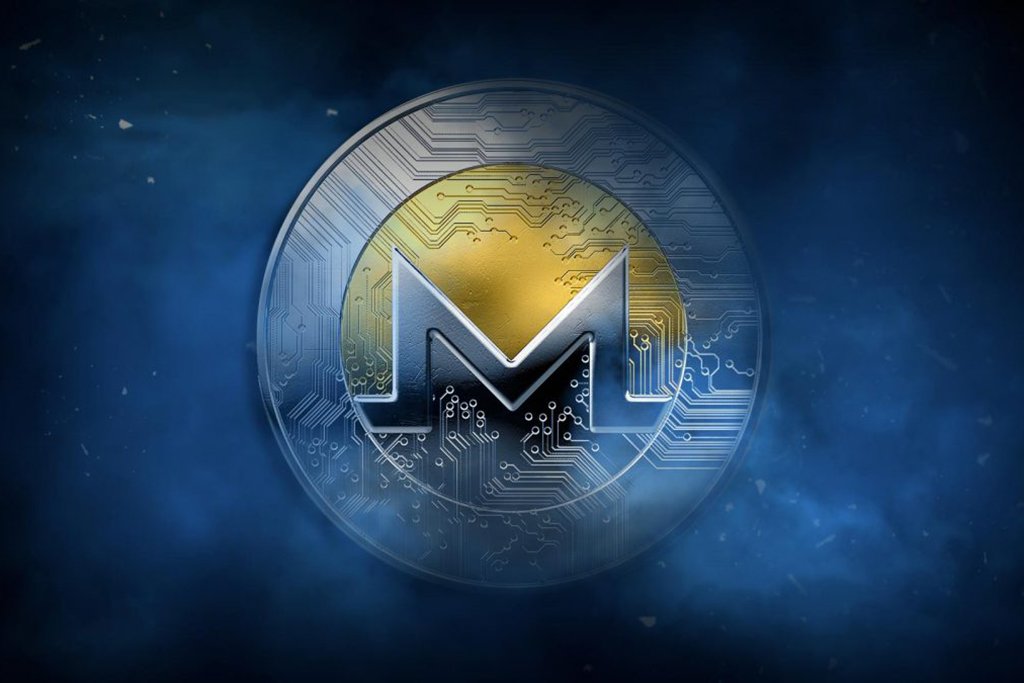After the launch of the Monero Malware Response Workgroup, Monero team is introducing a new website to protect users and educate them on cleaning up malware.
The team of Monero, the company behind an open-source cryptocurrency XMR, has launched a new website to assist those who are affected by unwanted crypto mining malware. With this aim, on September 26, the Monero Malware Response Workgroup was created.
NEW: The Monero Malware Response workgroup has created a dedicated website to help those who are infected with mining malware, have come across unwanted in-browser mining, or have hit Monero ransomware. Community support for those affected is coming soon!https://t.co/rqFeVFrjU0
— Ric “el pony esponjoso” (@fluffypony) September 25, 2018
Monero (XMR) is an open-source cryptocurrency created in April 2014. It focuses on fungibility and decentralization. Monero is committed to providing the maximum amount of decentralization, privacy and security. It includes several design components, including an accessible Proof of Work (PoW) algorithm and mandatory privacy to better meet these objectives. An accessible “Proof of Work” algorithm makes it easy to mine Monero on normal computers, which makes it more difficult for someone to purchase a large amount of mining power.
Some organizations use Monero miners to cover hosting costs as an alternative to paywalls or advertisements, however, malicious hackers have also used it to earn money from machines without users’ consent. They may run miners on webpages that activate without a user’s consent, infect machines or hide it in other packages and run mining software, encrypt the local files, and demand a ransom payment in Monero.
In July of this year, Monero conducted a third-party audit of the platform by the US-based firm New Alchemy, which made XMR wallet one of the few wallet platforms in the cryptocurrency ecosystem which carried out such an audit and published the results in the public domain.
According to Justin Ehrenhofer, hackers are attracted to XMR by two main factors:
“Attackers like Monero for two reasons: 1) it is private, so they do not need to worry about companies and law enforcement tracing what they do with the Monero after they mine it, and 2) Monero uses a Proof of Work (PoW) algorithm that is CPU and GPU-friendly; thus, the infected machines are competitive. These two components are increasingly distinguishing factors for why attackers choose to mine Monero over other cryptocurrencies.”
With introducing the Monero Malware Response Workgroup Website, visitors will be informed on the ways to prevent and remove malware. Moreover, the site includes remedies for browser-based mining scripts, system/PC based malware, and ransomware.
Ehrenhofer said:
“Monero itself and the community aren’t attacking computers, but the computers are attacked with some vulnerability and the attacker decides to run mining software on the compromised machines.”
To prevent this, the Monero Malware Response Workgroup will educate users who may have no background knowledge on cryptocurrencies and inform them about the best ways to stay protected.
Ehrenhofer further added:
“We are working on adding live chat directly to the website, and we need to make some more modifications to fix some broken links. Soon we will be looking for volunteers who can help other users.”
The Monero community is taking a proactive step to deal with novel malware, and their initiative is likely to be profitable.
